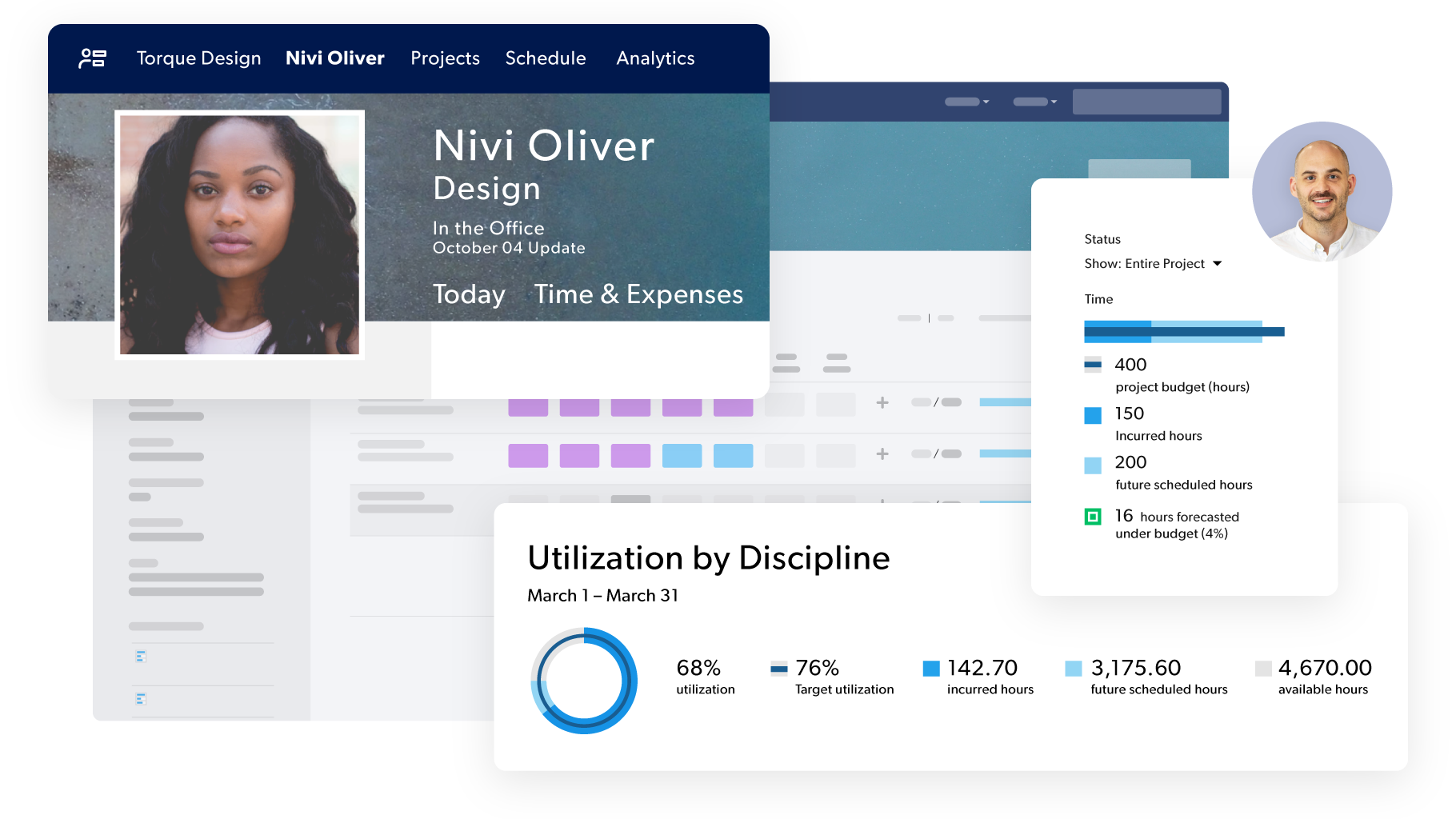Article
Unlocking potential: How blended teams and asynchronous work drive success
August 19, 2024
Working efficiently and effectively in today’s dynamic business environment can take many different forms. The concept of working 9-to-5 continues to face scrutiny and as business needs evolve, teams are evolving as well – at least 36% of the U.S. workforce chooses to work as contract, freelance, temporary, or gig workers, according to an extensive study conducted by McKinsey in 2022. Integrating this type of “blended workforce” will be imperative for success in the years ahead, and maintaining cohesive workflow management processes ensures that the work doesn’t stop – even as workers come and go.
Despite the benefits that come with a blended workforce, like diverse experiences and fresh external perspectives, a common concern is that when temporary workers leave, they take their valuable knowledge and skills with them. Using a Work Management platform like Smartsheet ensures consistency and successful project completion, and empowers teams to achieve broader business goals across company borders and workforces. Processes and workflows remain in place through transitions, institutional knowledge is retained in the context of the work, and all types of capacity needs are surfaced to avoid conflicts and make adjustments as needed. These capabilities allow a team’s makeup to shift without compromising the efficiency and effectiveness of the projects, processes, and work.
While it may be a less conventional way of approaching work, leveraging a blended workforce is gaining increasingly more traction as asynchronous collaboration continues to persevere. Asynchronous work transcends traditional time zones and office hours, and enables team members to contribute at a time that’s best for them, regardless of employee status. This approach helps mitigate challenges that occur with varying locations and time zones. Also, it creates a more inclusive and supportive environment for people to work within their individual optimum productivity window.
By tapping external resources – not just full-time employees – and encouraging asynchronous work, teams reap the creative benefits of collaboration without depending on coordinating a meeting to get things done. For example, with status meetings, a two-way exchange is expected, but it’s not necessary to do it at the same time. Information can be consumed, questions can be asked, and feedback can be provided more richly than in a live meeting, with enduring history and records.
This way of working eliminates bottlenecks, helping us break free of endless meetings and email requests without context, and empowering people to do their best work more autonomously – while remaining coordinated and keeping projects moving forward.
When organizations foster a flexible culture, it results in increased productivity. All involved in a project can schedule periods for deep work when colleagues know not to interrupt them during that time. In an age of never-ending distractions and the constant pull to multi-task, protecting time for deep work is essential for making progress on priority projects.

The most effective asynchronous collaboration cultures understand the bigger picture – that it’s not only about time zones and productivity windows, but about different ways of contributing as well. Contractors, freelancers, vendors, and partners are valuable team members who contribute significantly to the work and enhance our teams. You can track it all with Smartsheet Resource Management, which empowers teams to balance workloads, enable effective resource allocation, and enhance decision-making. And now, you can more easily see who's available, and what they're working on, and resolve over allocations with new workload tracking features for Smartsheet Business and Enterprise plans.
When it comes down to it, a blended workforce offers a transformative approach to modern work environments. By integrating external resources and encouraging asynchronous collaboration, organizations can leverage a diverse array of skills and perspectives, enhance innovation and productivity, and thrive in an ever-evolving marketplace.